Health and Safety Regulations
Health and safety regulations are increasingly shaping the Food Can Coating Market. Governments and regulatory bodies are implementing stringent guidelines to ensure that food packaging materials are safe for consumers. This has led to a heightened focus on the use of non-toxic and environmentally friendly coatings. For instance, the introduction of regulations limiting the use of bisphenol A (BPA) in food packaging has prompted manufacturers to explore alternative coating solutions. As a result, the market for BPA-free coatings is expected to expand significantly, with estimates suggesting a growth rate of around 6% annually. Compliance with these regulations not only ensures consumer safety but also enhances brand reputation, making it a critical driver in the Food Can Coating Market.
Consumer Awareness of Food Safety
Consumer awareness regarding food safety is increasingly influencing the Food Can Coating Market. As individuals become more informed about the potential risks associated with food packaging, there is a growing demand for coatings that ensure safety and quality. This heightened awareness has led to a preference for products that are free from harmful chemicals and additives. Market Research Future indicates that consumers are willing to pay a premium for food products that utilize safe and reliable packaging solutions. This trend is prompting manufacturers to prioritize the development of safer coating options, thereby driving innovation within the Food Can Coating Market. As consumer expectations continue to evolve, the focus on food safety is likely to remain a pivotal factor in shaping market dynamics.
Rising Demand for Convenience Foods
The increasing consumer preference for convenience foods is a notable driver in the Food Can Coating Market. As lifestyles become busier, consumers are gravitating towards ready-to-eat meals and packaged food products. This trend is reflected in market data, which indicates that the convenience food sector is projected to grow at a compound annual growth rate of approximately 4.5% over the next five years. Food can coatings play a crucial role in preserving the quality and extending the shelf life of these products, thereby enhancing their appeal. Manufacturers are thus investing in advanced coating technologies to meet this rising demand, ensuring that food remains fresh and safe for consumption. This shift towards convenience foods is likely to continue influencing the Food Can Coating Market, as companies strive to innovate and adapt to changing consumer preferences.
Growth of the Food and Beverage Sector
The expansion of the food and beverage sector is a significant driver for the Food Can Coating Market. As the global population continues to rise, the demand for processed and packaged food products is also increasing. This growth is reflected in market data, which shows that the food and beverage industry is expected to reach a valuation of over 8 trillion dollars by 2026. Consequently, the need for effective food can coatings that ensure product safety and quality is becoming more pronounced. Manufacturers are responding to this demand by enhancing their coating technologies to provide better protection against corrosion and contamination. This trend is likely to bolster the Food Can Coating Market, as companies strive to meet the evolving needs of consumers and retailers alike.
Technological Innovations in Coating Materials
Technological innovations are transforming the Food Can Coating Market, leading to the development of advanced coating materials that offer superior performance. Innovations such as the introduction of water-based coatings and high-barrier coatings are gaining traction due to their enhanced protective properties. These advancements not only improve the shelf life of canned foods but also reduce the environmental impact associated with traditional solvent-based coatings. Market analysis indicates that the segment of eco-friendly coatings is expected to witness a growth rate of approximately 5% over the next few years. As manufacturers continue to invest in research and development, the Food Can Coating Market is likely to see a surge in innovative products that cater to both consumer preferences and environmental sustainability.


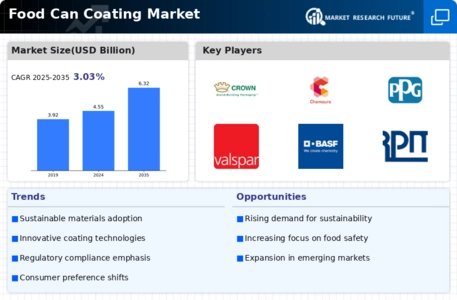
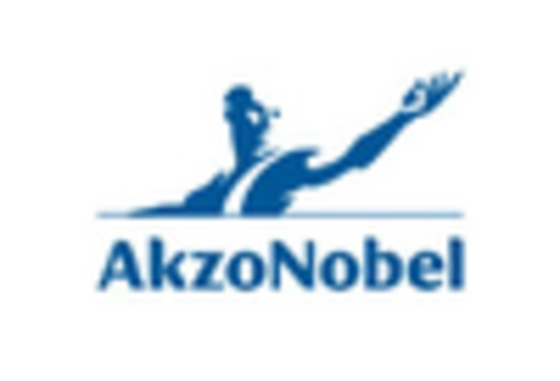


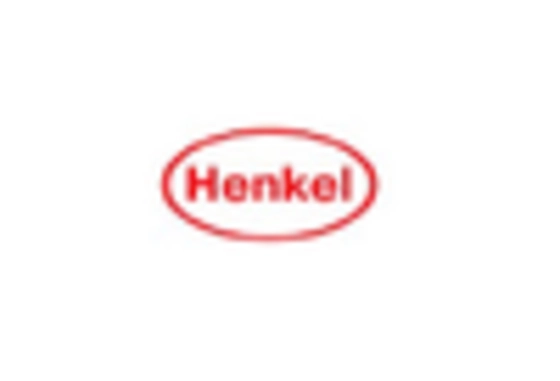
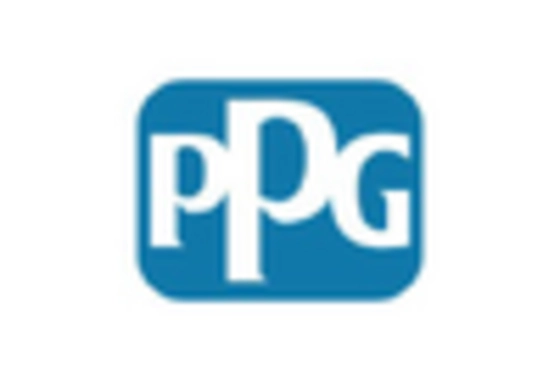
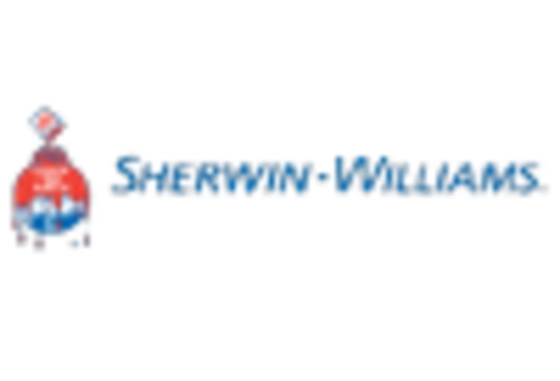








Leave a Comment